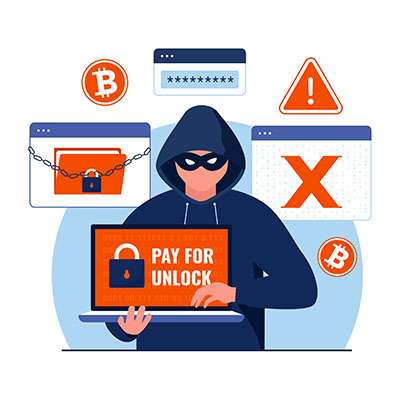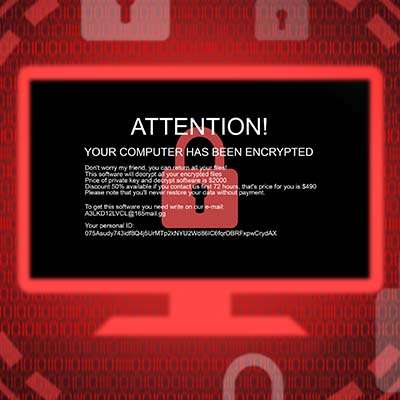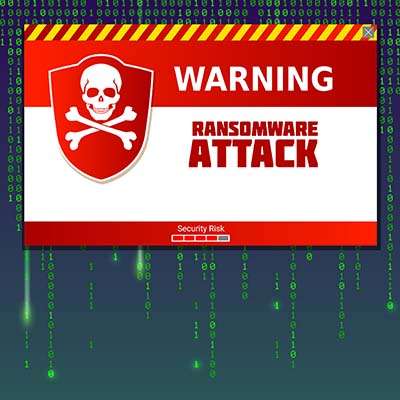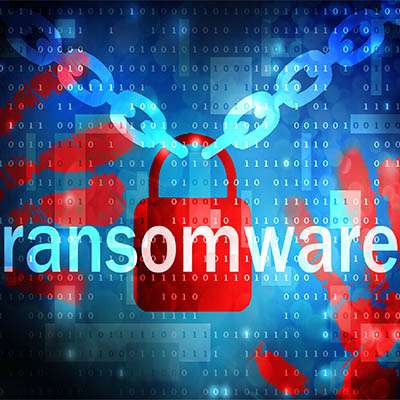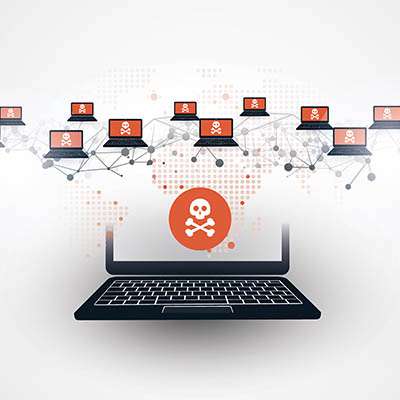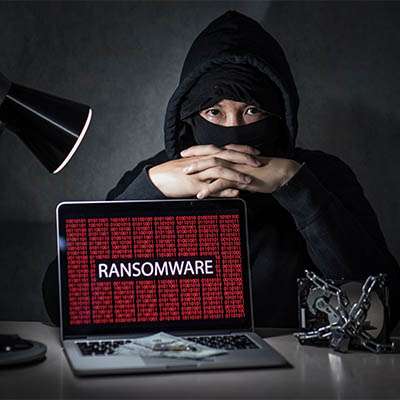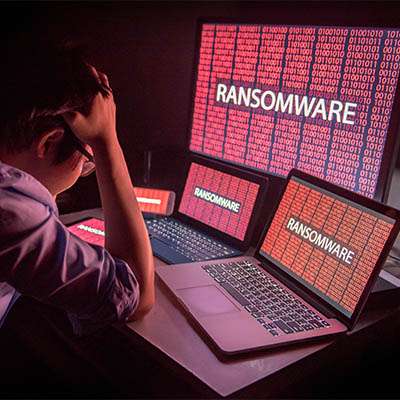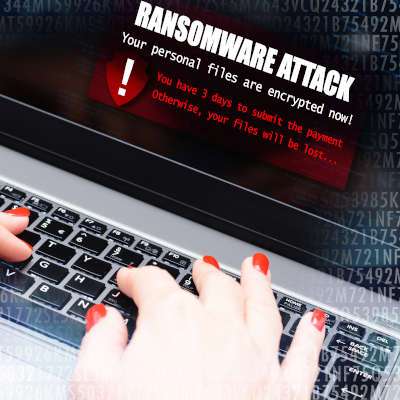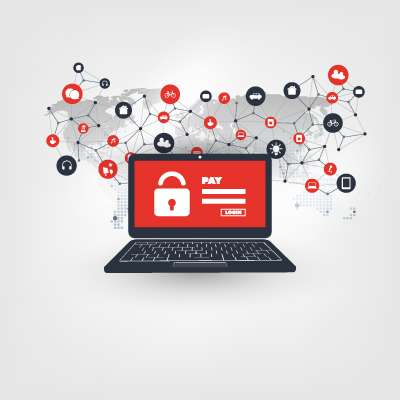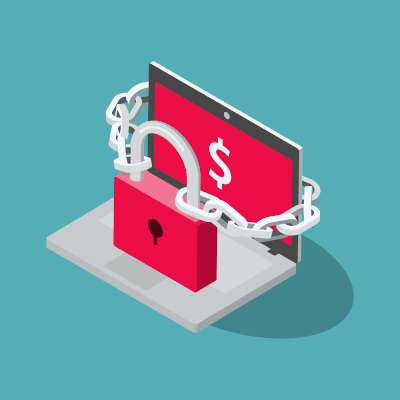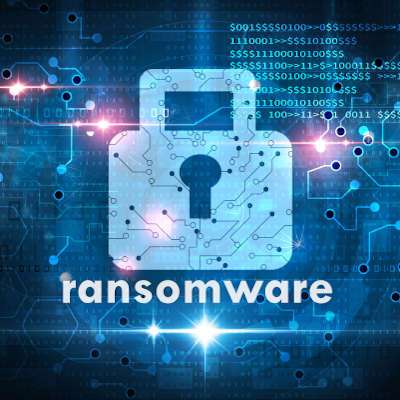All businesses and industries could potentially be targeted by ransomware, regardless of their size or target audience. That being said, as of late, some industries have been targeted more and more. Listed below are some of the commonly targeted industries that ransomware is frequently waged against.
Macro Systems Blog
Network security could mean a number of things, but usually people are using the term as a blanket statement against the dreaded idea of malware and its numerous forms. Listed below is a discussion on how vast the world of malware can be and how often you might find yourself misunderstanding what it exactly is. Comprehending all this can help you identify if you have become a malware victim or not.
Ransomware is regarded as one of the worst modern cyberthreats out there, and there's ample evidence to support this. These attacks and their aftereffects can devastate businesses of all industries. Listed below is an explanation about why ransomware is so dangerous, and what can be done to fight it.
It's very simple: Ransomware is very bad. The first half of 2021 saw a massive increase in ransomware attacks that made the lives of countless individuals and business professionals difficult. On the other hand, a new trend is surfacing, and it’s one that you might be surprised to see: fake ransomware threats.
While it only makes sense to assume that a hacker would focus specifically on those targets that would bring them the greatest profit (in other words, larger businesses), the reality of modern cybercrime renders this assumption grossly outdated. Let’s examine how different developments in ransomware have made it possible for hackers to be far less discerning in who they target.
Ransomware is such a colossal threat that all businesses should be aware of the latest news and findings regarding how it spreads and how it can be prevented. According to a recent report, the latest modes of transporting ransomware have been revealed. What can your business do to keep ransomware off of its network? Let’s find out.
A new ransomware attack has surfaced, this time mostly targeting IT companies and their clients. The attack is specifically targeting the Kaseya platform. Kaseya is management software that many IT companies utilize to remotely manage and support technology. The attack in question targeted Kaseya’s supply chain via a vulnerability in its VSA software; this attack is notable because of how it targeted the supply chain, not only striking at the vendor’s clients—notably IT companies—but also their customers. Essentially, this attack had a trickle-down effect that is causing widespread chaos for a massive number of businesses.
Ransomware has advanced from an irritating annoyance to a legitimate global threat, with the U.S. Justice Department officially going on the record and establishing that future ransomware investigations will be handled the same way that terrorism cases are now. Listed below is a review of the reasons behind this policy change and how your company should respond.
Last weekend a significant cyberattack occurred against the world’s largest meat processor and distributor, JBS S.A., that completely shut down the company’s operations in both North America and Australia… and as a result, has affected the supply chains associated with the organization. What lessons can be learned from all this?
Headlines have been filled with news pertaining to the recent hack of Colonial Pipeline, which resulted in significant gasoline shortages up the east coast of the nation. While the pipeline has been restored, the way this was accomplished sets a dangerous precedent. Furthermore, the attack seems to have set off bigger infrastructural changes in the political space.
Ransomware has been a significant problem for the past several years. Once known for breaching networks directly, the establishment of uncrackable encryption left hackers looking to change their strategies. Now they use scams to get people to give them access to network resources. If they are successful, it can deliver more than headaches for a business. Below is a look at what makes ransomware so dangerous and how your business can combat the constant attacks that come your way.
If fortune smiles on your organization, you won’t ever have to deal with what we are about to discuss: ransomware. For the past several years ransomware has been a serious problem for businesses, governments, and individuals. Listed below is a discussion about the different types of ransomware and how some people want to put a ban on ransomware payments.
Regarding ransomware, we have always stood firm in our recommendation not to pay whoever is responsible for locking down your systems. On the other hand, due to the globalized nature of technology and cybercrime, it is even more imperative that companies don’t attempt to placate their attackers with the demanded funds. Otherwise, warns the United States Treasury Department, these victimized businesses could very well pay severe fines for doing so.
When we talk about modern cybersecurity, there seems to be a lot of emphasis put on phishing attacks and ransomware. This is for good reason: not only can either of these attacks create significant difficulties for a business, they are often used in tandem. Why are these threats are so potent, and why do they so often show up together?
The rising popularity of ransomware has been disconcerting to many IT professionals, especially due to the different tactics that this malware variant has been spotted utilizing. In order to protect your business from these attacks, it helps to know how they work. Listed below is a beginner’s guide to ransomware types to help you identify and avoid them.
Ransomware has been a serious threat to all kinds of organizations for a couple of years, and 2018 is no different. For those who are somehow unaware, ransomware is a form of malicious software that threatens the elimination of hijacked and encrypted data if a user doesn’t pay a ransom. It is known to be one of the most prolific and pervasive threats seen on the Internet today. Below we'll examine how ransomware has evolved over the past several years, what the future of ransomware looks like, and what you can do to protect yourself against it.

